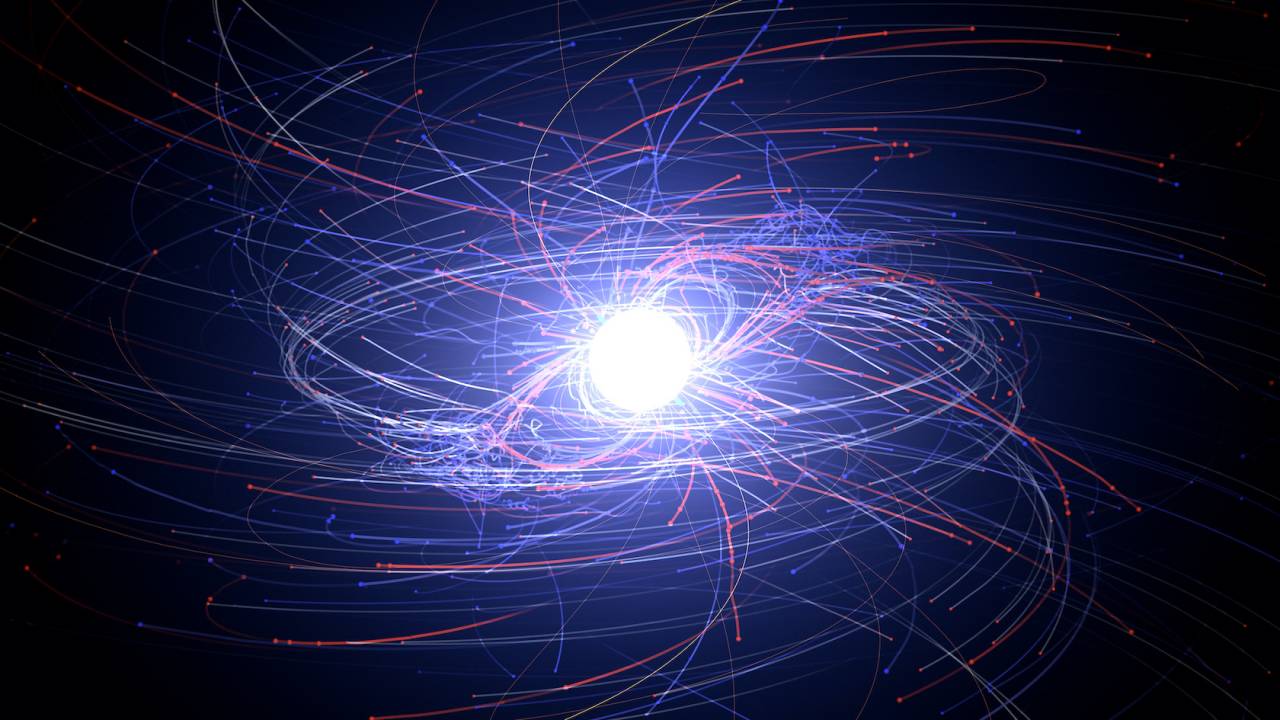
Life cycles of a resource
Napoleon had an incredibly expensive dinner set, affordable only to royals, that he used to roll out for only the most distinguished guests. It was made of a rare and shiny metal - aluminum. The same material we use now disposably in thin sheets for takeout and baking. Napoleon could never have imagined a world where aluminum could be so easily refined that we are able to throw it away, that we use large molten pools of it to store energy, that it is baked into nearly everything around us and is so ubiquitous it might even be responsible for one of the largest epidemics of neurodegeneration in older people.
Resources often go through lifecycles like this - first they’re rarities and we develop a poverty or scarcity mindset around them. Each bit of it is worth its weight in gold. Then we find some process that makes it far more available, but still poor quality. Or far higher quality but still the same amount of availability, in which case we refocus efforts to now make it more available since the quality can be sacrificed a bit.
This is what happened to aluminum, diamonds, chocolate, anything that is a commodity today. These things started out first as rarities, treasure that we had to carefully cultivate until it reached the point that it was a conflagration that swept the whole world. Tea, famously, was just a small bag of leaves and stems that a few British stole from China. Sugar was handed out with visits to the mosque. Beef was once an incredible luxury available only to the Norman conquerors of England, and not the ordinary people.
Once we are able to produce anything in a significant quantity, we vary the creation process and produce different varieties of the product. When chocolate first started making it over to the European market it arrived in different grades of the raw ingredient. Some was meant to be mixed with chocolate and sugar. Some was eaten plain.
Then we get to the point where we have enough to play with; we can experiment. We try different combinations - tea in cake, chocolate with milk and sugar. We start remixing. The best thing you can do is create a vast playground full of abundant resources and then turn that into a monetizable remixed product. It’s what R&D labs try to do all the time. Everyone is trying to make the next chocolate bar.
Once the first remix comes out others try to create a bunch of related remixes, usually with other hot commodities of the time, with little thought to whether one should do that. Chocolate bar? How about a choclate and peanut bar? Or chocolate and prune?
The ingredient you started with becomes this ubiquitous and powerful platform for the launch of others. Now you have a search problem - how do you find the chocolate that YOU like? How do you find all the chocolates in the world? It’s not an easy problem, but in mature markets you need to solve it to see what problem is plaguing everyone across the spectrum.
Then we go find the next rare thing and try to make it abundant as well. It is actually incredible how many of life’s best thrills, things that were luxuries 100 years ago, and in some parts of the world still are luxuries, are affordable in major cities for a few dollars. Sugar, milk, coffee. And we climb on the societal hedonic treadmill and forget that we are actually surrounded by incredible wealth and luxury today. The most rare resource now is attention to pay to all these wonders.